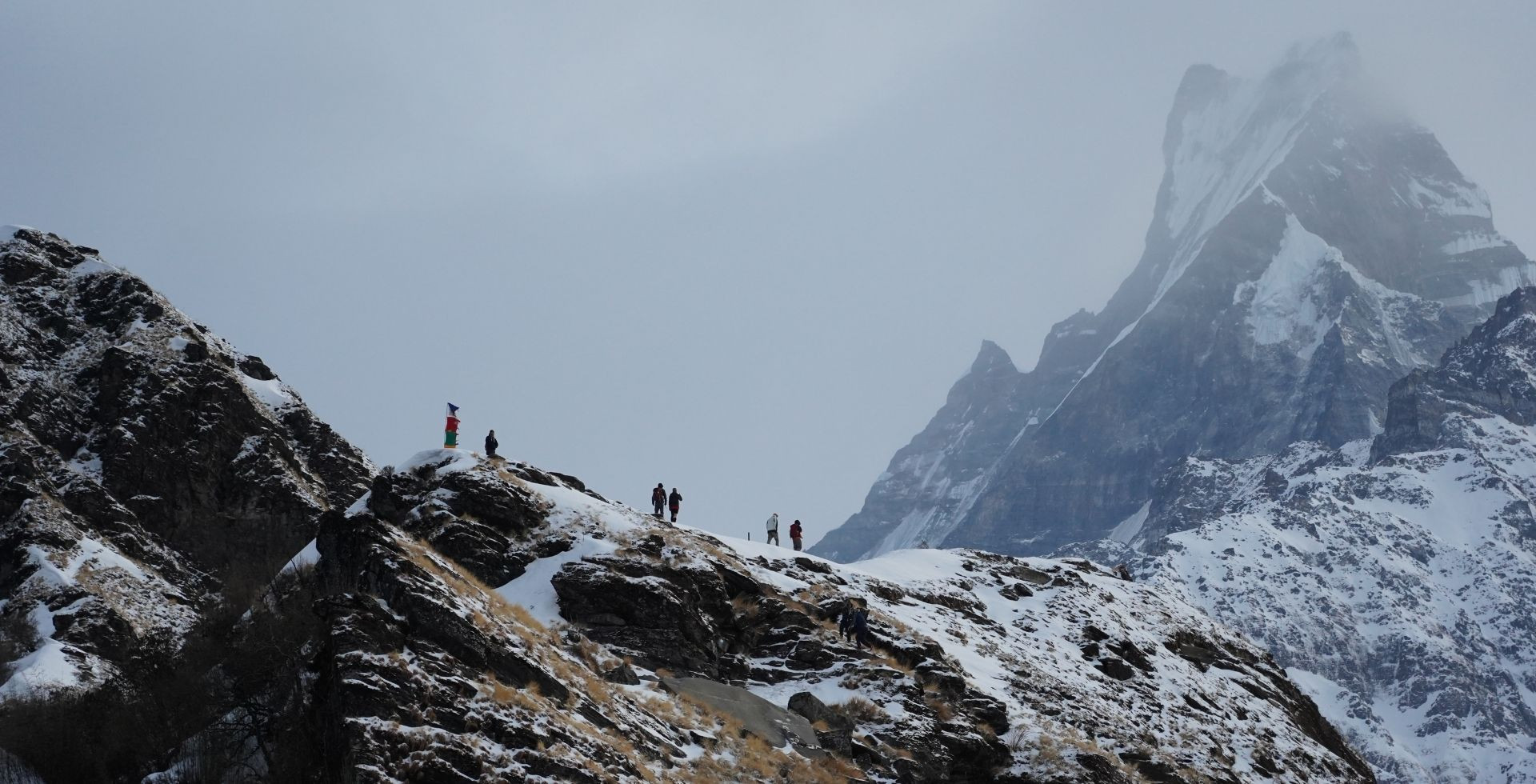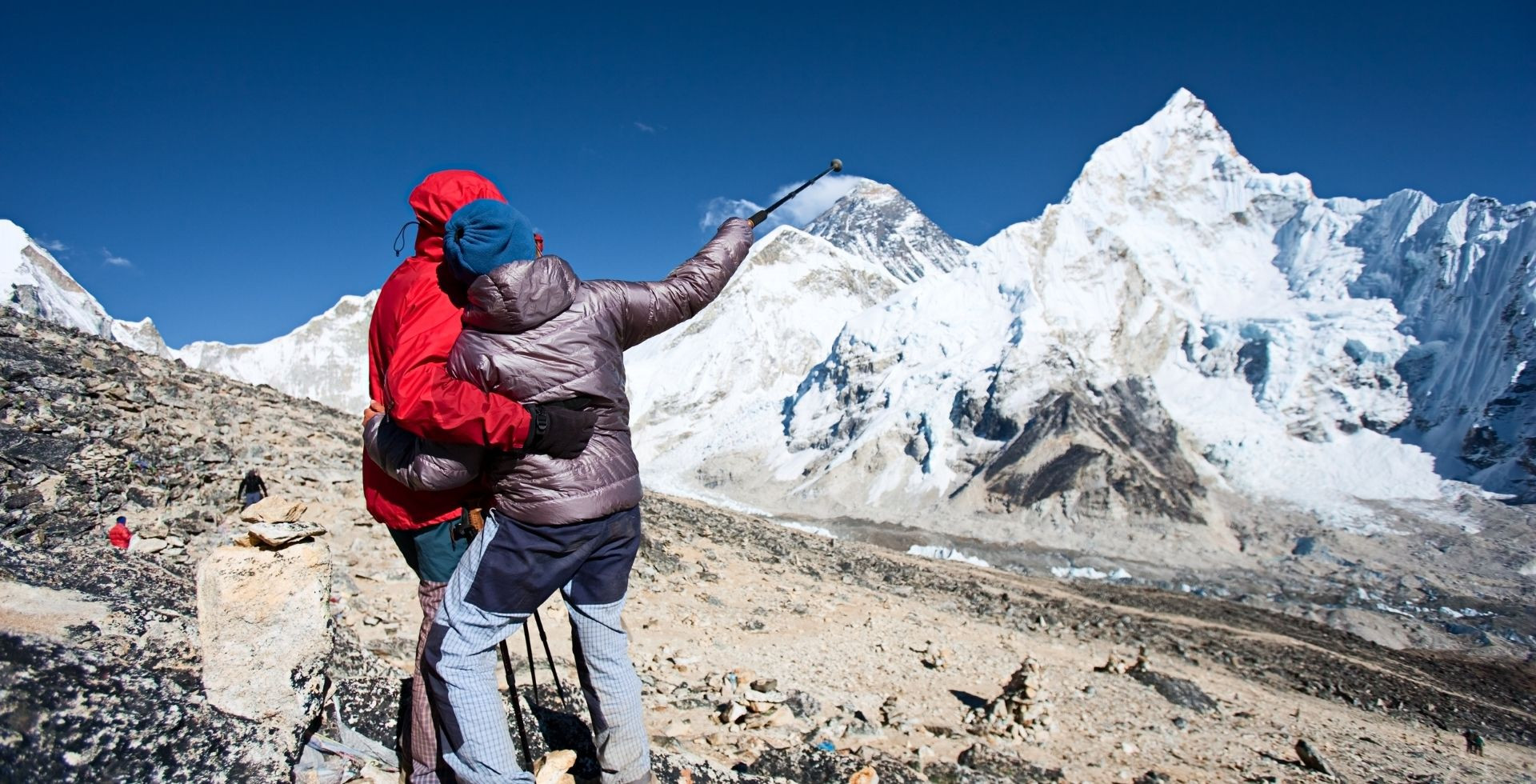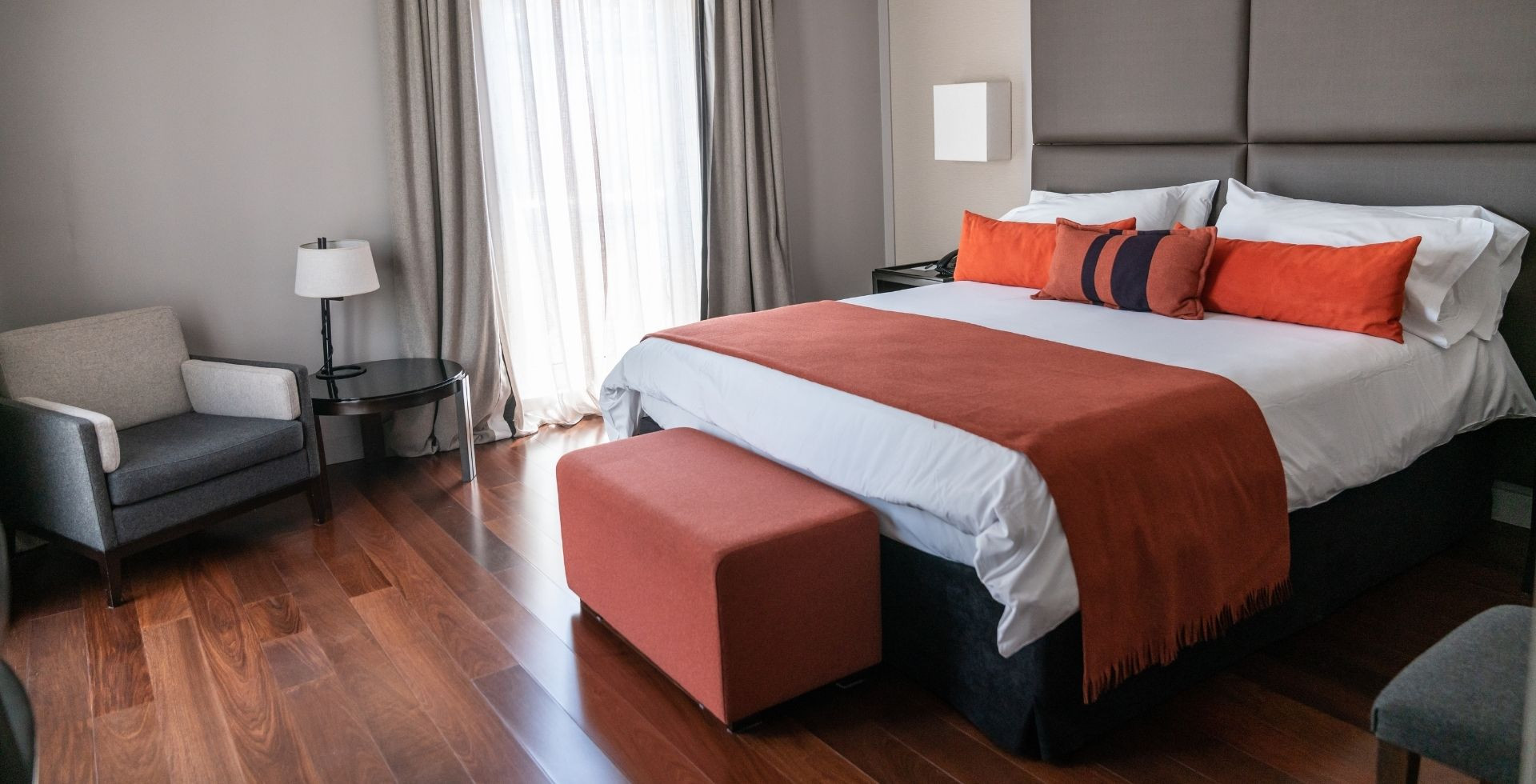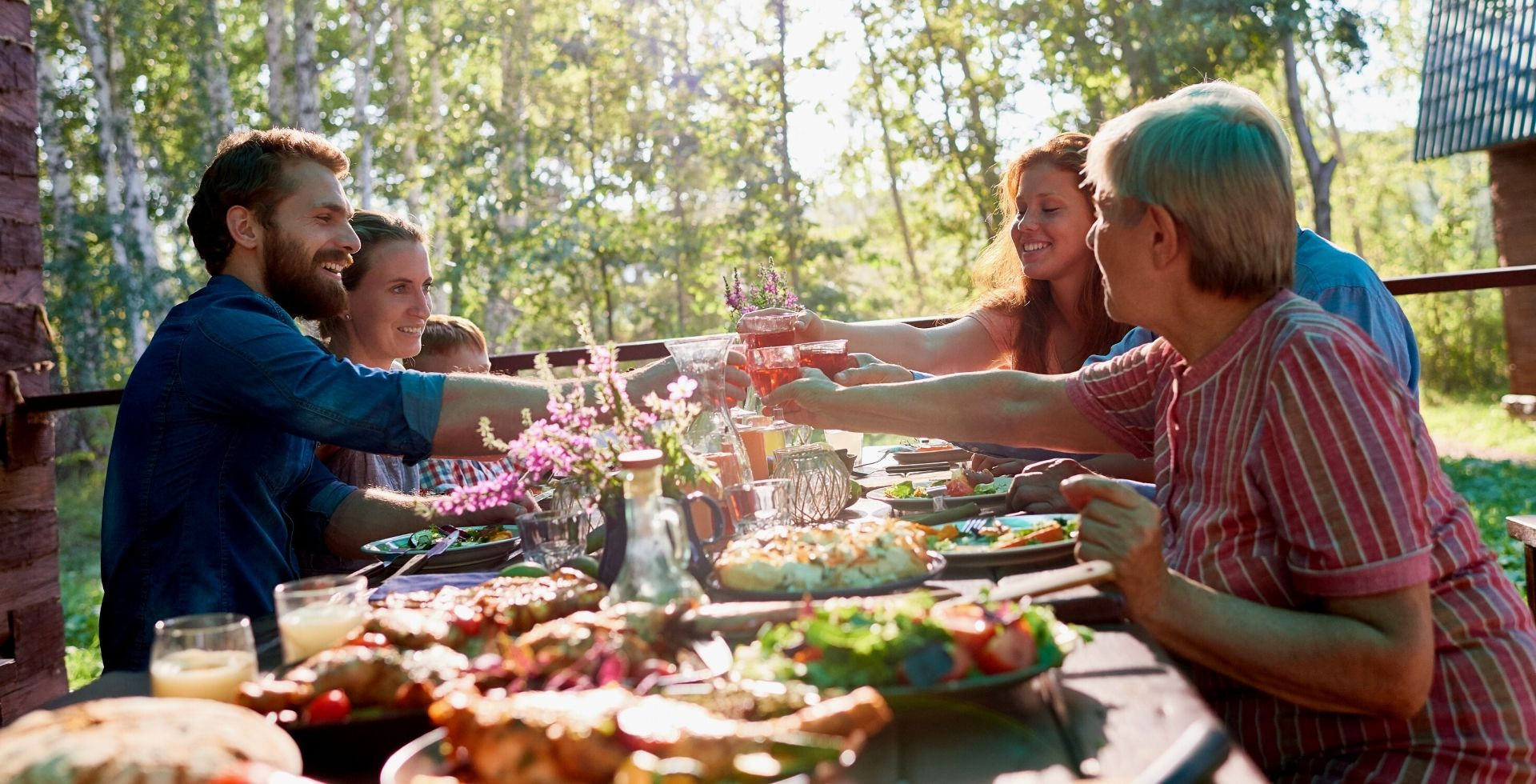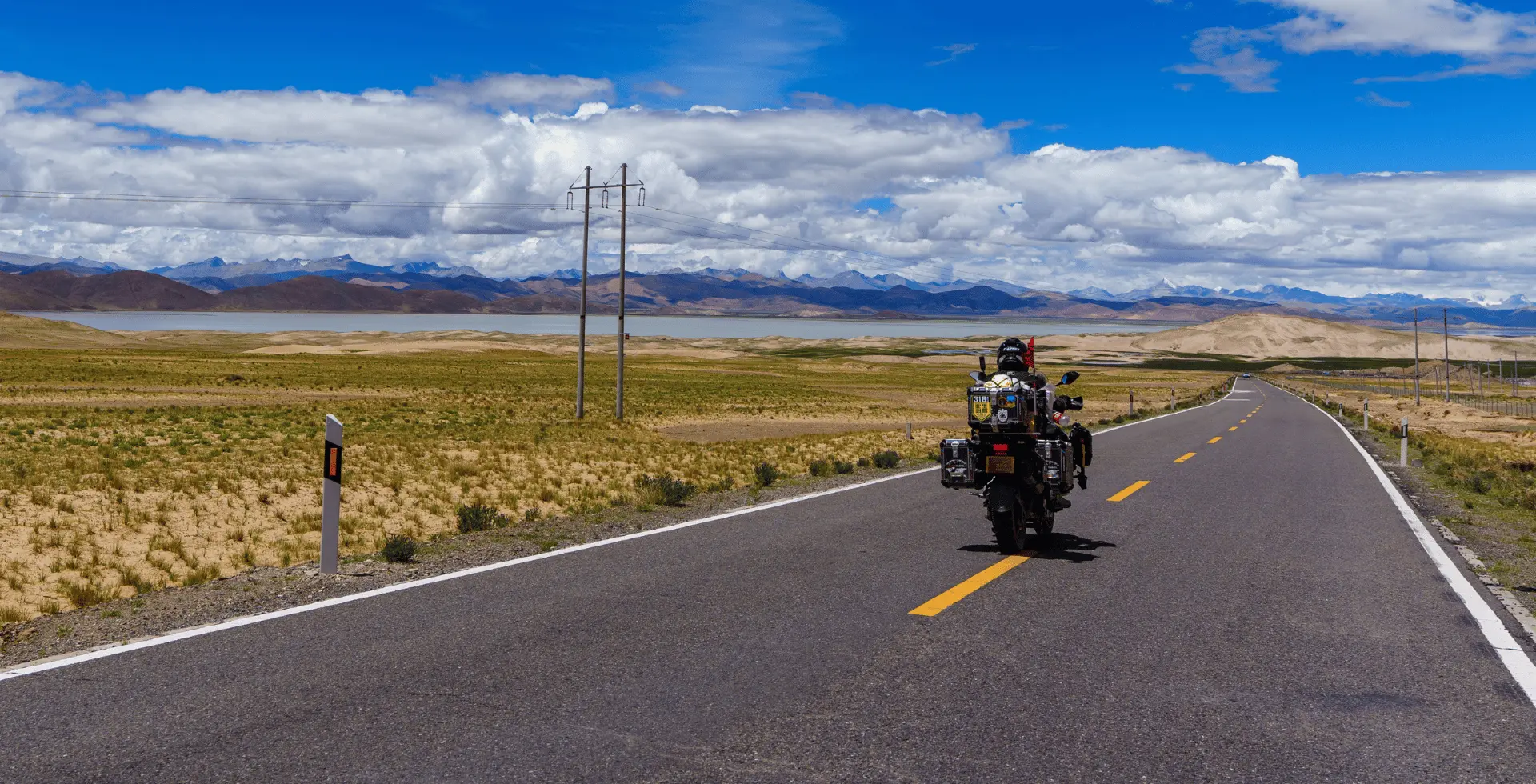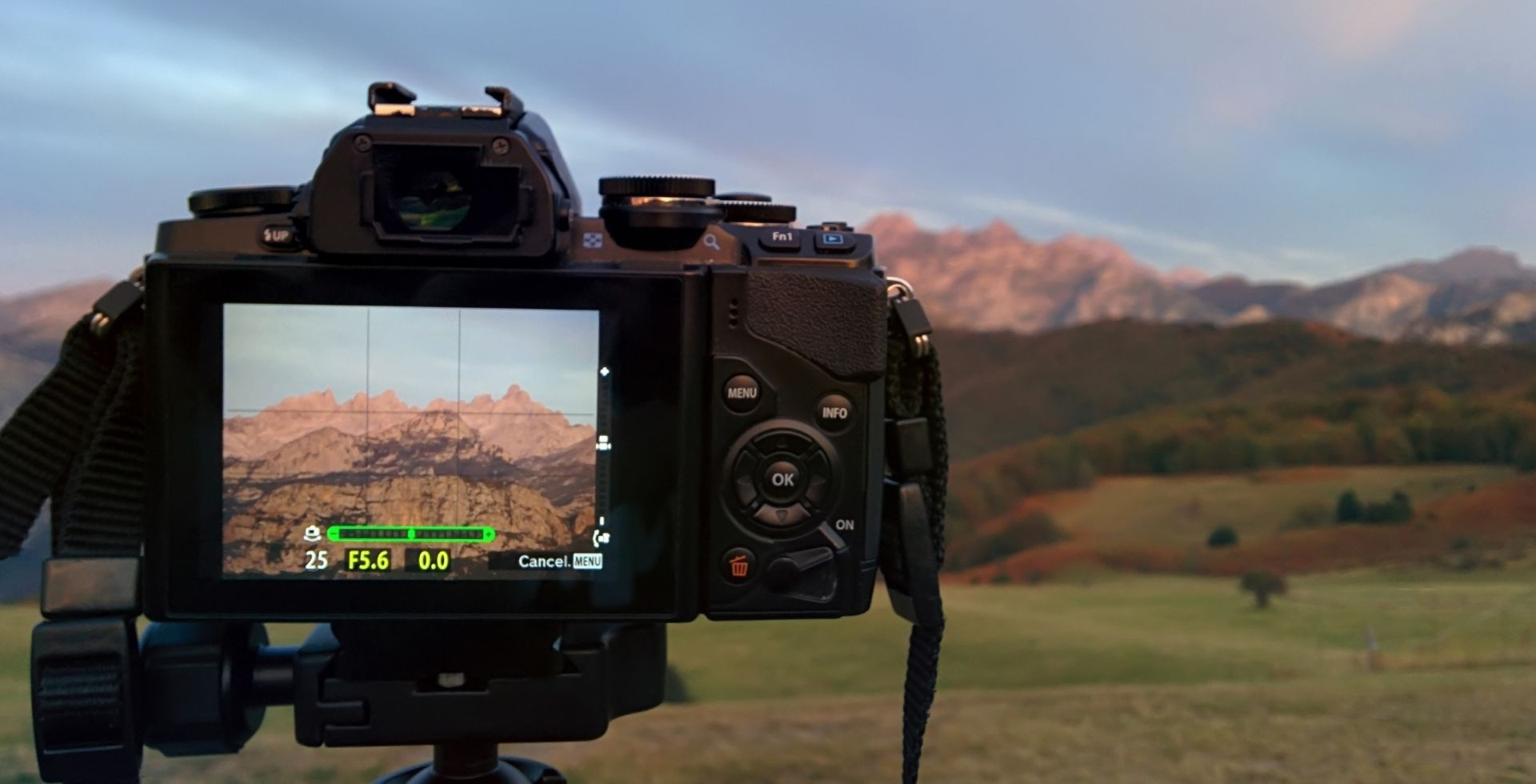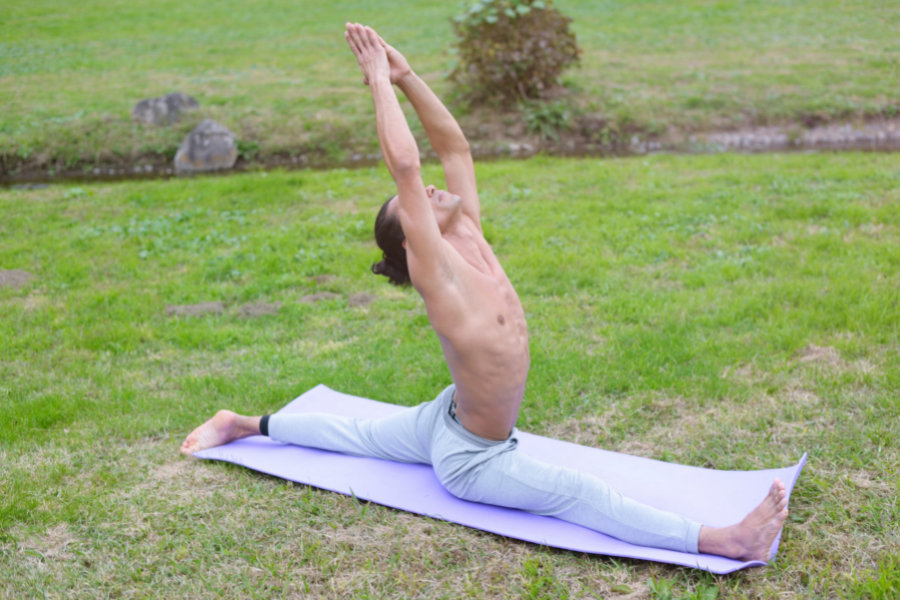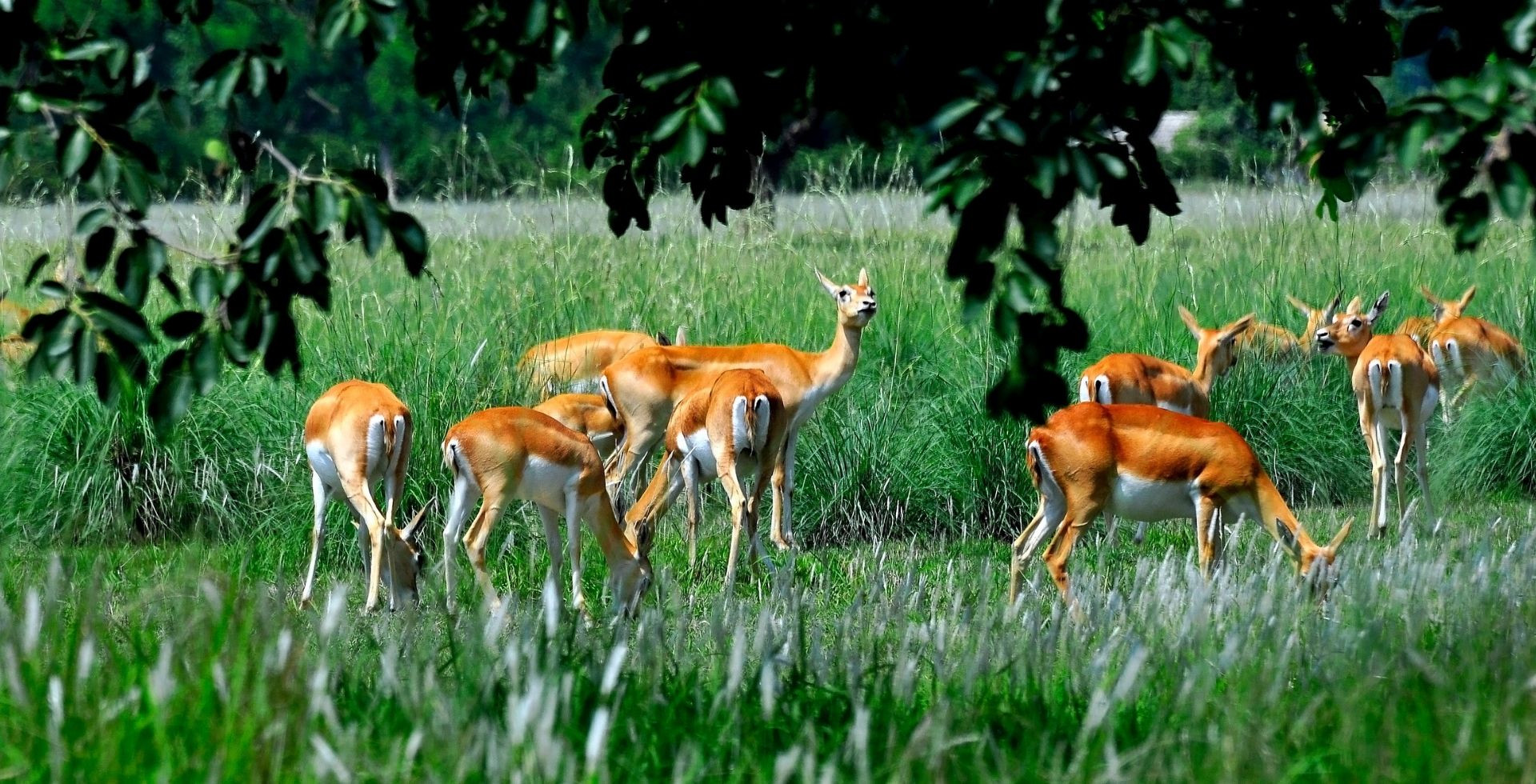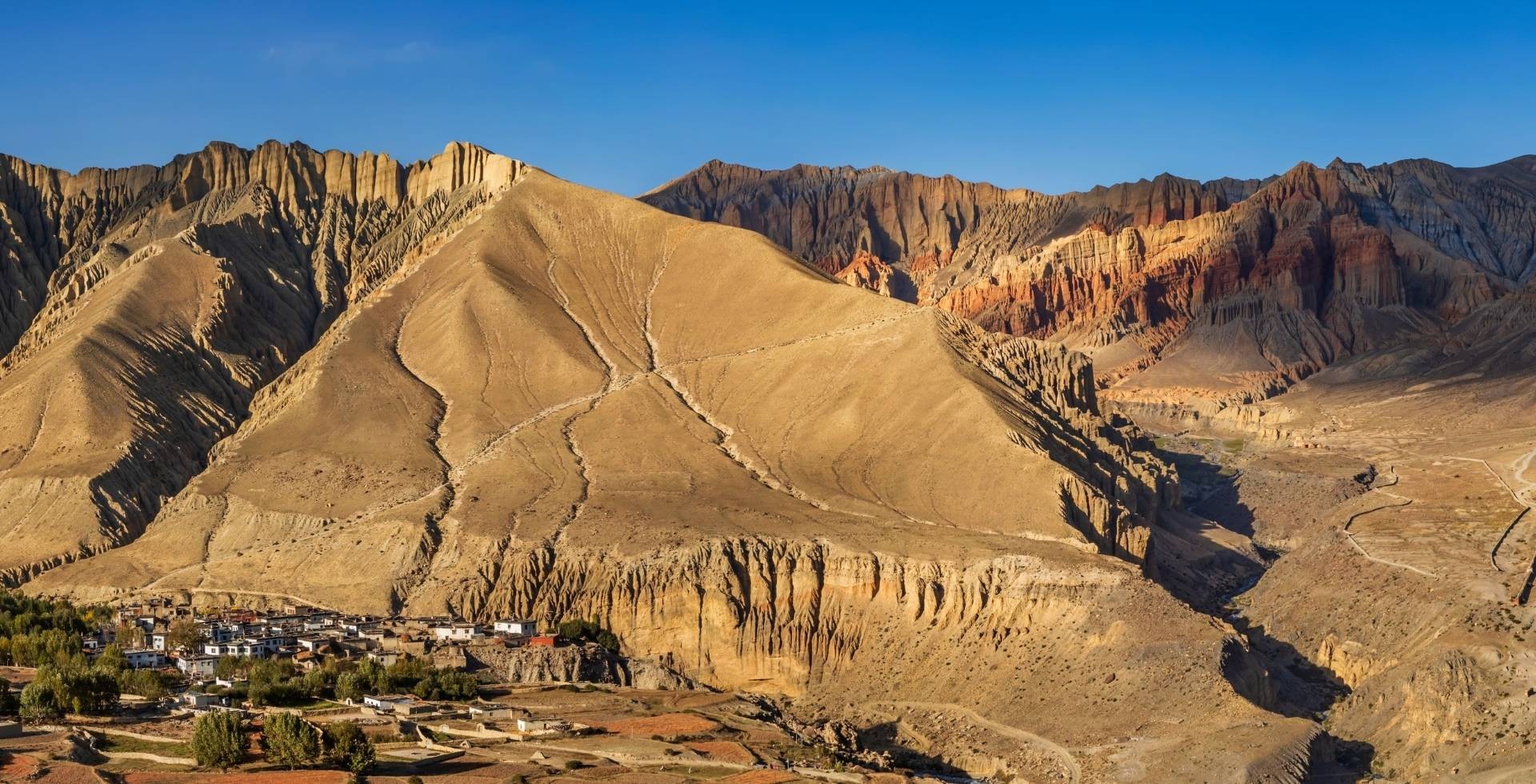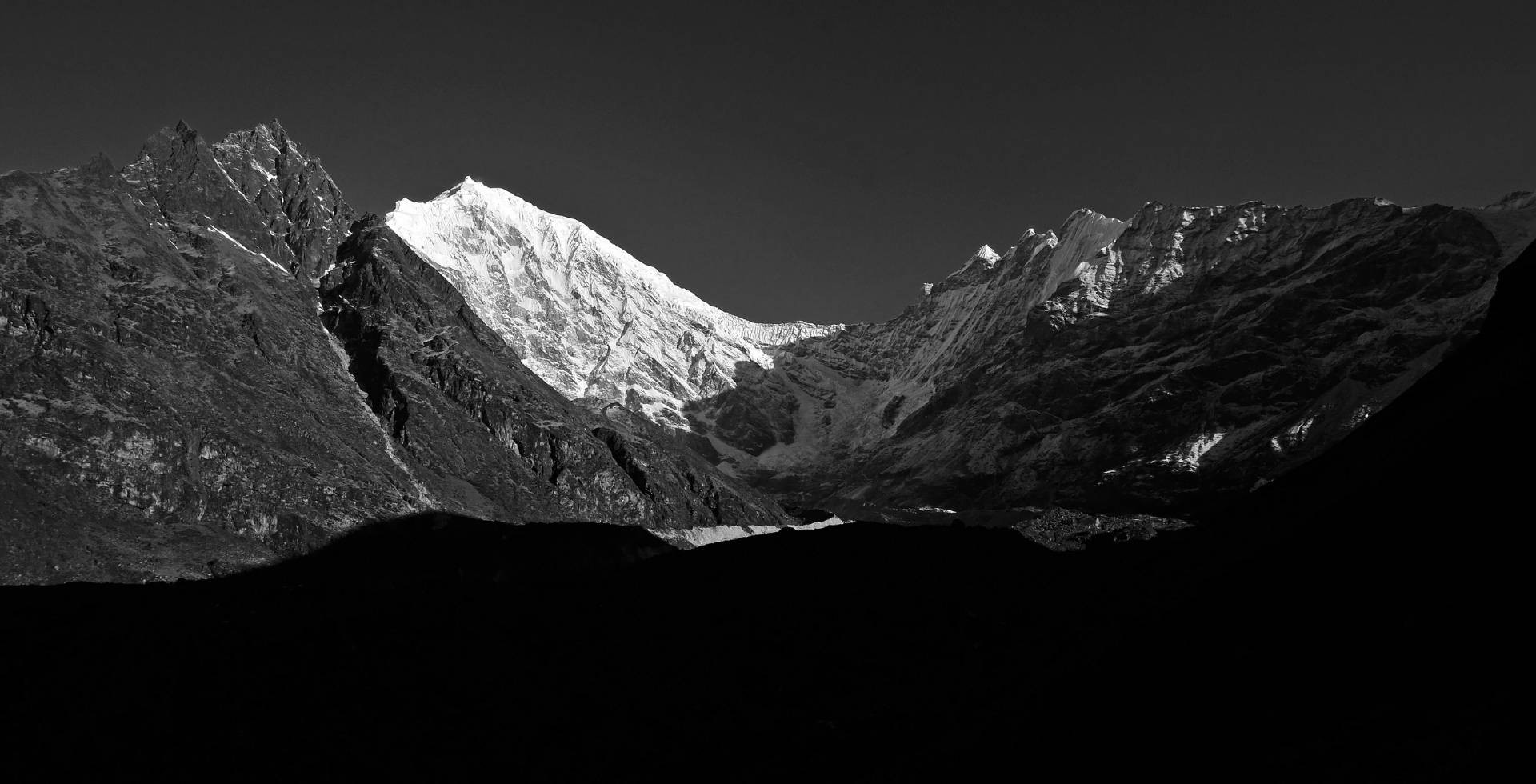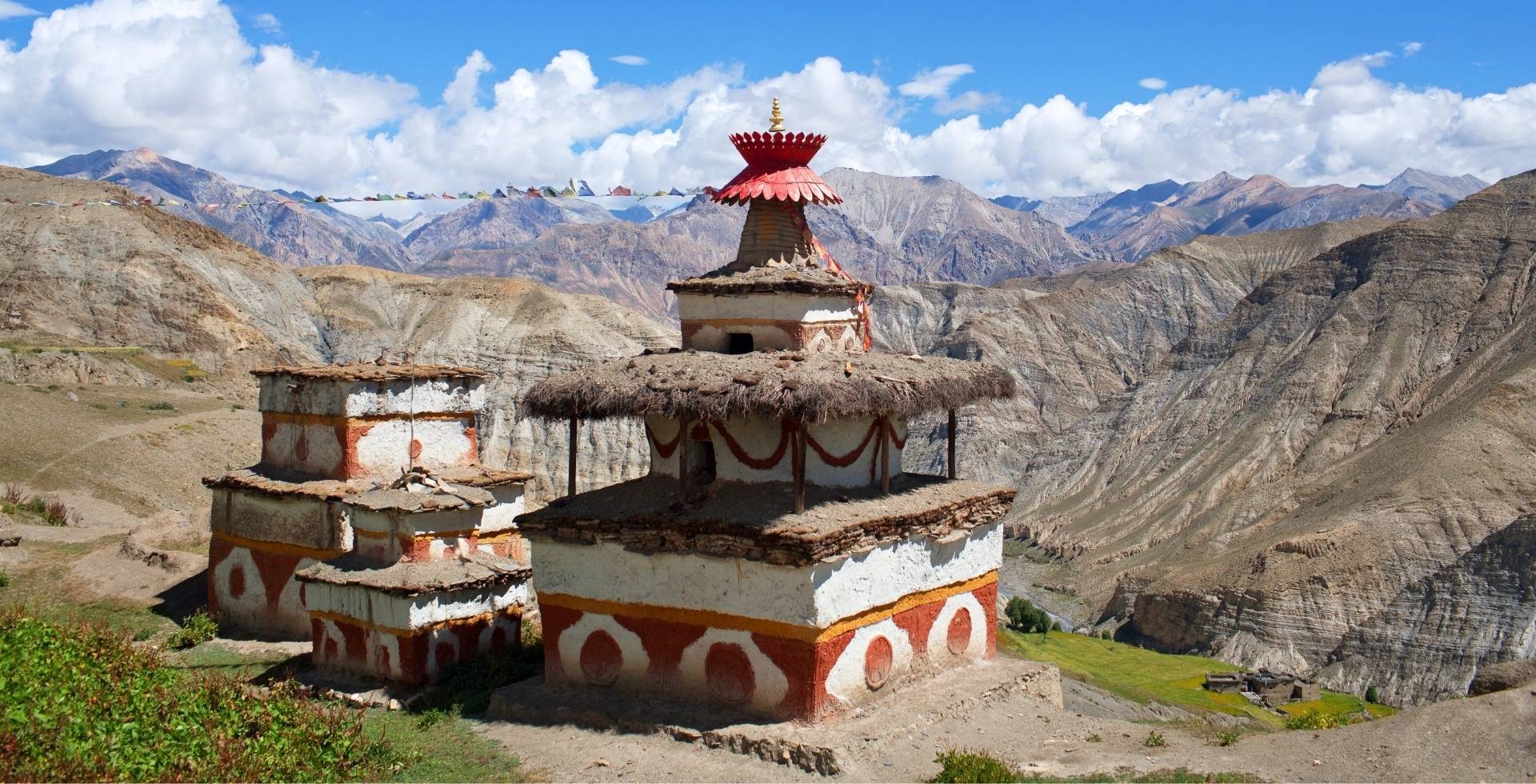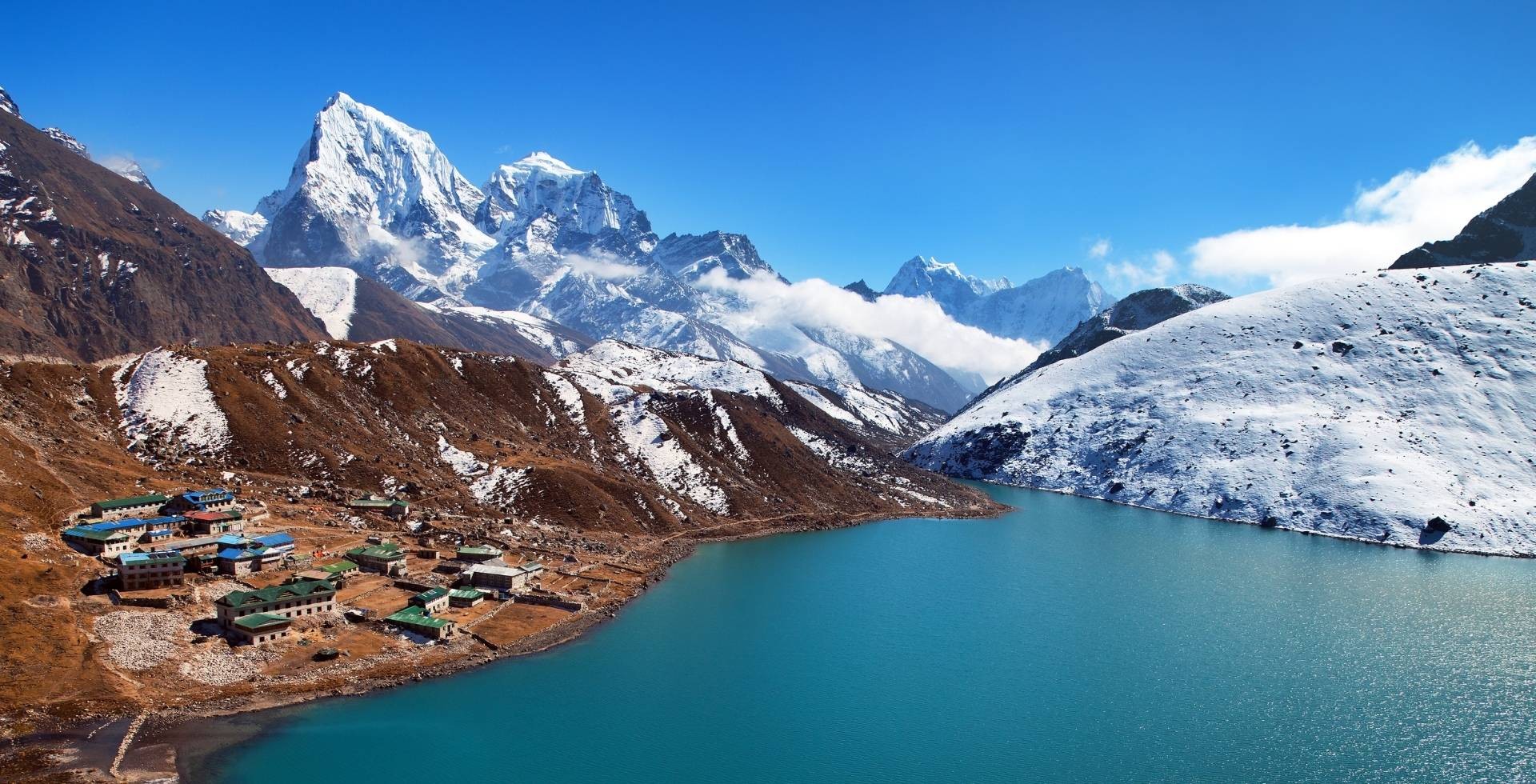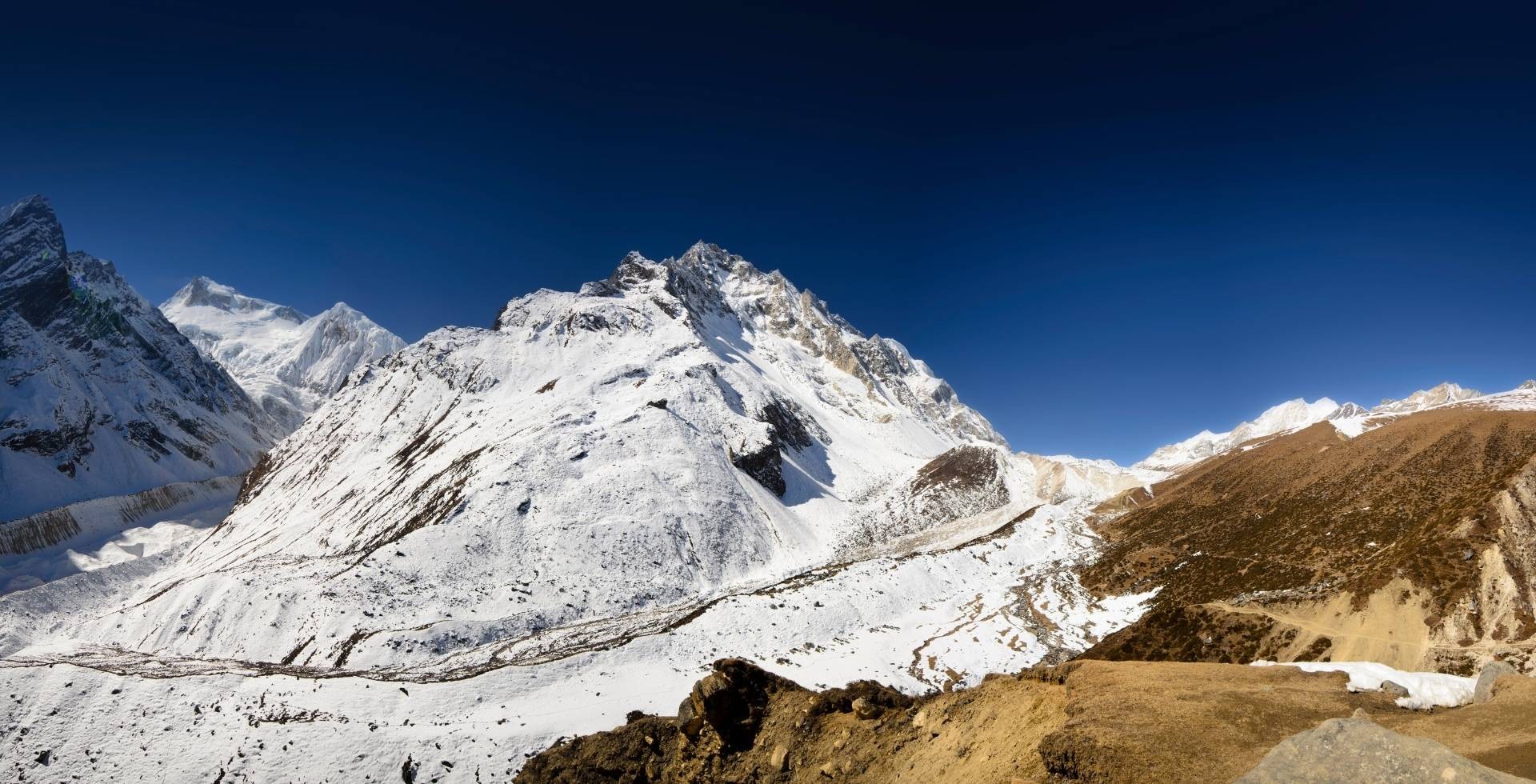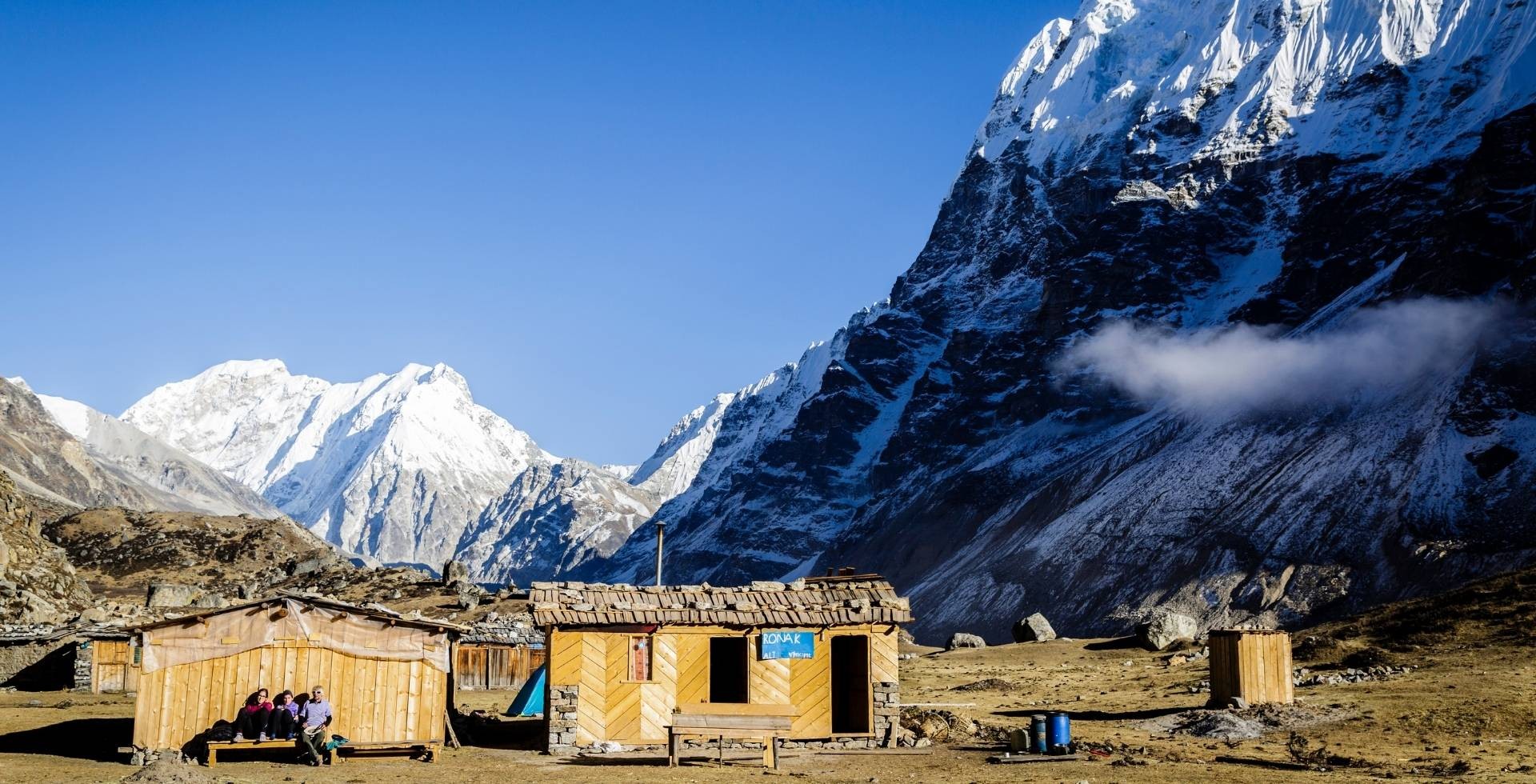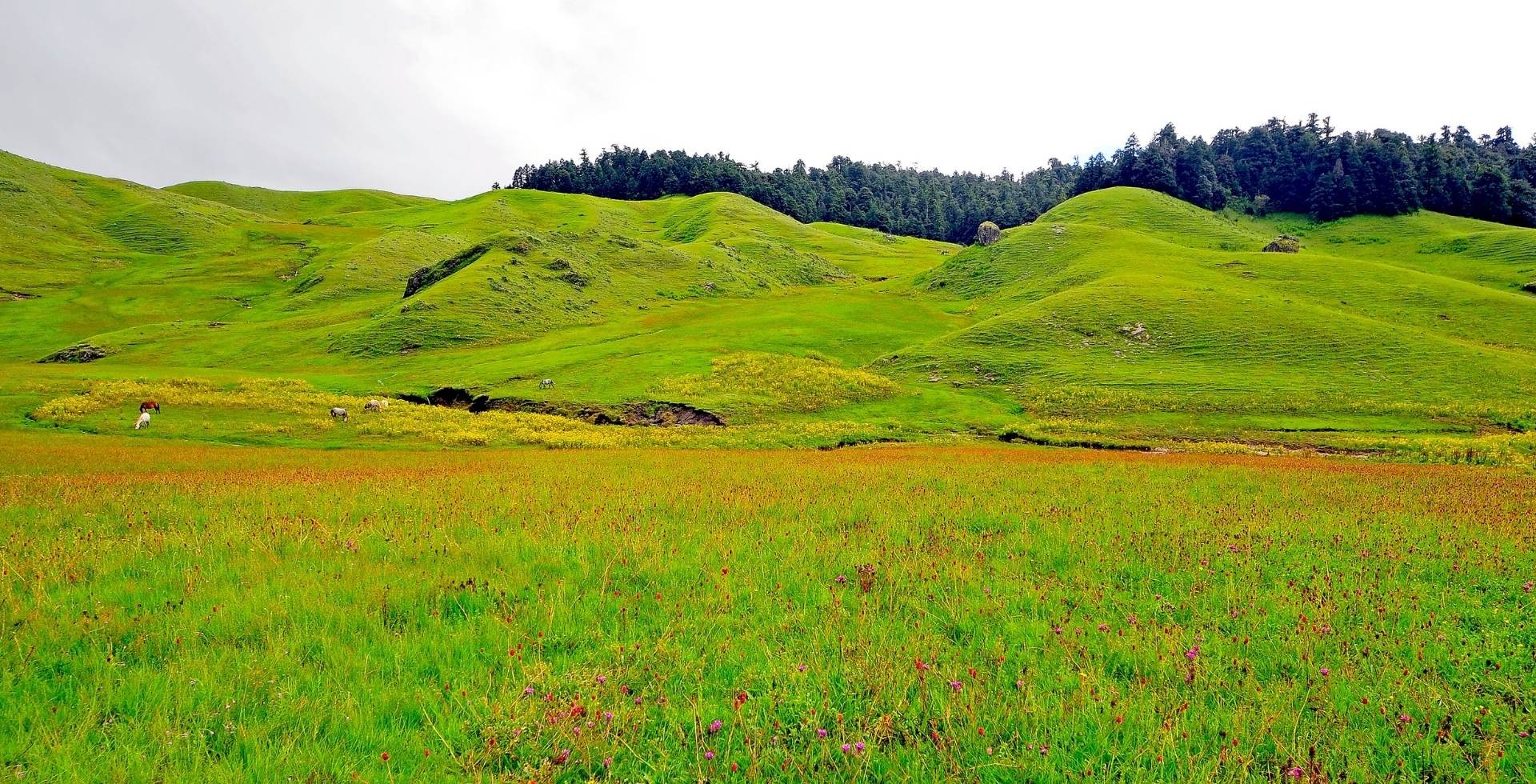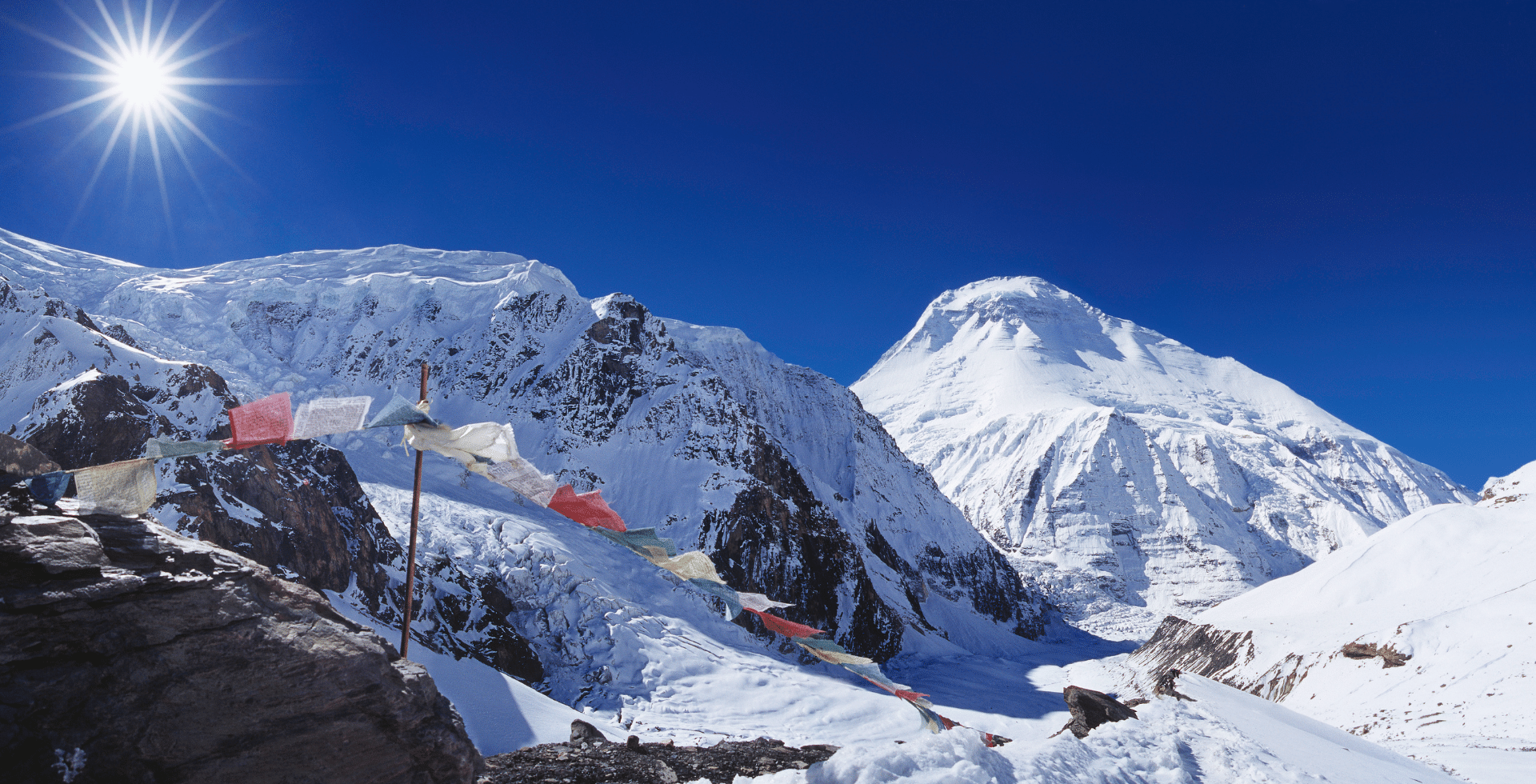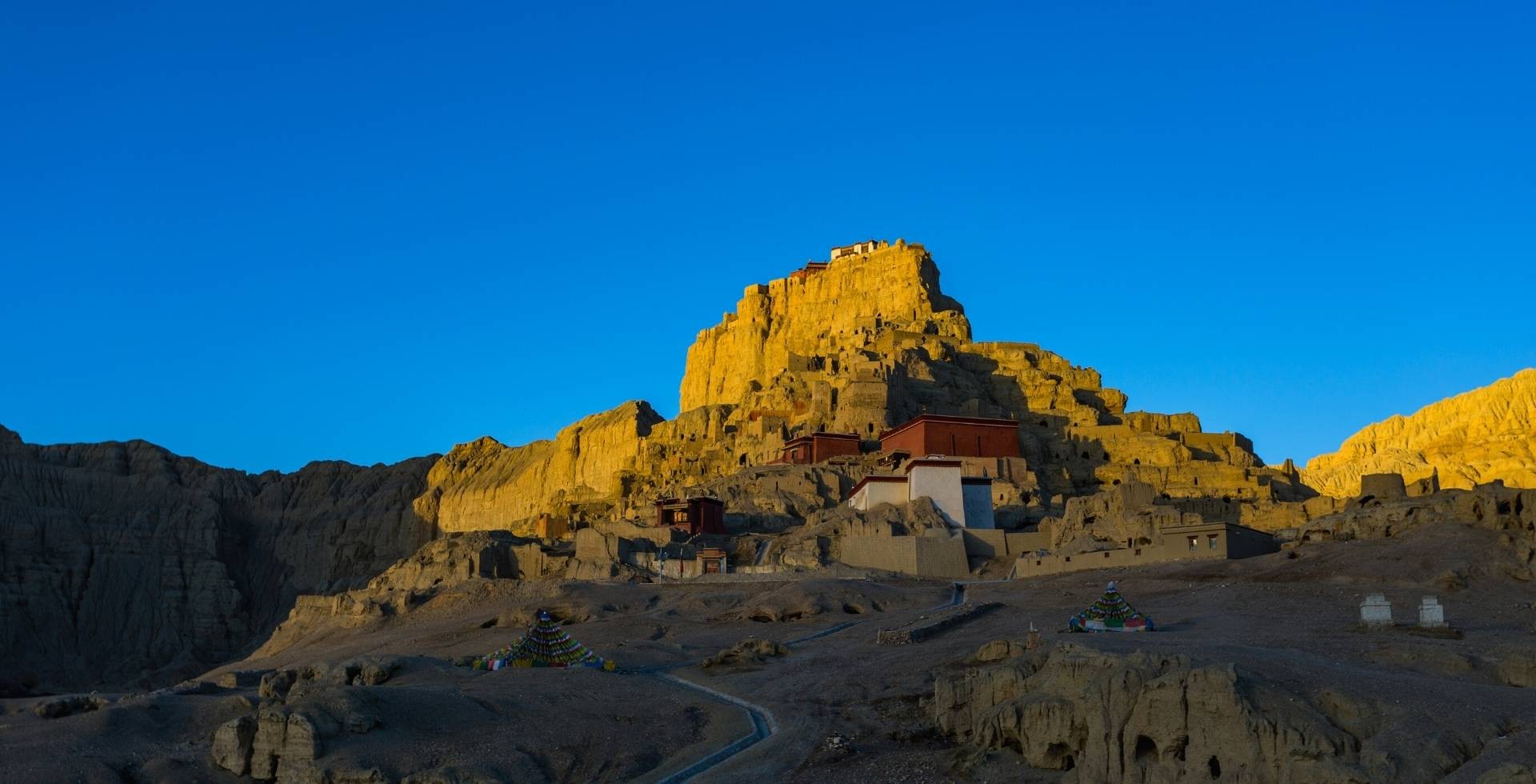Widely known as the ‘roof of the world’, Tibet is the highest and largest plateau on the planet. It is a part of China that borders India, Nepal, and Bhutan.
Moreover, it’s home to Vajrayana Buddhism (also known as Tibetan Buddhism), which is revered worldwide for its distinct iconography, rich mythology, and tantric practices.
Tibet is surrounded by the world’s highest peak, Mt. Everest, from the south to the west, and the Thanggula ranges in the north. It’s a spiritual destination often referred to as the ‘Land of Snows’, thanks to its snow-capped mountains, scattered herds of yak and nomads, spectacular monasteries, and tranquil lakes.
With Altitude Himalaya, your journey to Tibet will be nothing short of spectacular. We’ll take you to key destinations such as Potala Palace, Jokhang Temple, Sera Monastery, Yamdrok Lake, Namtso Lake, and Mount Kailash, all depending on your time availability and budget.
Our mission is to help our guests experience the very best of Tibetan culture. So, expect to witness nomadic settlements, traditional lifestyles, vibrant festivals, and truly immersive experiences, all guided by our experienced local tour experts.
Why Visit Tibet?
Tibet was once an independent nation until China annexed it on May 23, 1951. This led the 14th Dalai Lama to flee to India, where he still resides to this day.
You see, once a country, Tibet holds a rich history waiting to be uncovered. Beyond that, a visit here allows you to appreciate a treasury of cultural relics, authentic and mesmerizing landmarks, and the ancient civilizations of Tibetan society.
Here are the major reasons why one should consider Tibet for their next vacation:
- You get to explore ancient monasteries, centuries-old rituals, and deeply rooted traditions.
- Enjoy breathtaking views of the world’s highest peaks, including the north face of Mt. Everest.
- Go on pilgrimage treks to Kailash-Mansarovar and visit other revered Buddhist sites.
- Get the once-in-a-lifetime opportunity to experience the beauty of the world’s highest plateau.
- Feel the deep spiritual energy while walking among local pilgrims.
- Explore authentic Tibetan food like Tsampa, butter tea, Mo:Mo, yak meat, and more!
Fascinating Facts About Tibet
|
Location |
East-Central Asia |
|
Total Area |
1,200,000 sq. km. |
|
Highest Point |
Mt. Everest (8,848m) |
|
Lowest Point |
Dui Long (3,640m) |
|
Bordering Countries |
Nepal, India, Bhutan (land-locked region) |
|
Time Zone |
GMT+8 |
|
Population (2020 census) |
3,648,100 |
|
Capital City |
Lhasa |
|
Official Language |
Classical Tibetan |
|
Total Languages Spoken |
50+ |
|
Religion |
Tibetan Buddhism |
|
UNESCO World Heritage Sites |
3 |
|
Political System |
Authoritarian (under China) |
|
Currency |
Chinese Yuan |
|
Calling Code |
+86 |
|
ISO 3166 code |
CN-XZ |
Must-Visit Places in Tibet
Tibet is known for its spiritual essence and breathtaking natural beauty. So, if you’re planning a vacation to Tibet, it’s essential that you visit its most iconic locations.
With trustworthy travel agencies like Altitude Himalaya, we ensure that you explore the following highlights (depending on your available time and budget):
- Major cities/towns: Lhasa, Shigatse, Gyantse, Saga, Darchen
- Religious & Spiritual sites: Potala Palace, Jokhang Temple, Drepung Monastery, Sera Monastery, Tashilhunpo Monastery, Pelkor Monastery, Kumbum Stupa, Norbulingka, Rongbuk Monastery, Drak Yerpa, Dirapuk Monastery, Zutrulpuk, Zutru-Puk Monastery, Chiu Monastery
- Natural wonders: Namtso Lake, Yamdrok-Tso, Tashi Dor Island, Peiku Tso, Yangpachen Hot Spring
- Mountain passes and trekking destinations: Everest Base Camp North, Kamba La Pass, Mayumla Pass, Drolma Pass, Lachu Valley
Top Things to Do in Tibet
As mentioned earlier, Altitude Himalaya’s main mission is to ensure you have the best possible experience when visiting Tibet. From trekking and kora walks to immersing yourself in Tibetan culture, our team makes sure you don’t miss out on anything.
Here are the major activities you can enjoy while visiting Tibet:
- Sightseeing tours: Explore the cities and towns of Lhasa, Shigatse, and Gyantse with professional tour guides to gain deep insights into their history, traditions, and cultural heritage.
- Trekking and kora walks on pilgrimage routes: Sacred sites like Mount Kailash, Jokhang Temple, and Namtso Lake are included in some of Altitude Himalaya’s Tibet packages. These involve short treks that lead to some of the most powerful spiritual experiences on the planet. Other notable routes include Drolma La Pass, Kamba La Pass, and Everest Base Camp (North).
- Explore natural wonders: Throughout your Tibet journey, you’ll witness snow-capped mountains, turquoise lakes, expansive valleys, and wildlife including yaks and various species of birds.
- Immerse in Tibetan culture and traditions: Visit different monasteries and temples to observe the daily rituals of monks and discover traditional local craftsmanship.
- Participate in Tibetan festivals: The best way to connect with Tibetan culture is by joining in the celebration of major festivals like Losar (Tibetan New Year), Saga Dawa, Monlam Prayer Festival, and Shoton.
- Try authentic Tibetan cuisine: Tasting local food provides insight into the Tibetan way of life. Try dishes like Tsampa, Tibetan Mo:Mo, Balep, Chang, varieties of yak meat, Tibetan yogurt, and butter tea.
- Shop for handicrafts and spiritual souvenirs: When you’re in the mood for cultural shopping, look for thangka paintings, prayer wheels, singing bowls, Tibetan incense, and handmade local jewelry, among others.
Best Time to Visit Tibet
There are plenty of factors to consider when choosing the best time to visit Tibet. From weather conditions to the festive season, everything should be taken into account!
It’s important to understand that Tibet lies in a high-altitude region, which makes it cold throughout the year. And with cold weather combined with high elevation, the chances of experiencing altitude sickness are relatively higher.
With that in mind, both spring (March to May) and summer (June to August) are considered ideal times to visit. While summer does bring some monsoon rain, it usually falls during the evening hours. Spring, on the other hand, features colder mornings and evenings, though both seasons remain reasonably manageable.
If you’re looking for a more immersive experience with comfortable temperatures, then autumn (September to November) would be the perfect time!
Among all the seasons, we suggest avoiding peak winter (December to February), as temperatures can drop well below freezing.
Now that you’ve learned everything about Tibet and the reasons to choose Altitude Himalaya as your travel partner, you can proceed to scroll through the travel packages we offer. Carefully check the descriptions to find what best suits your preferences. And for booking, we’re just a call or text away!

